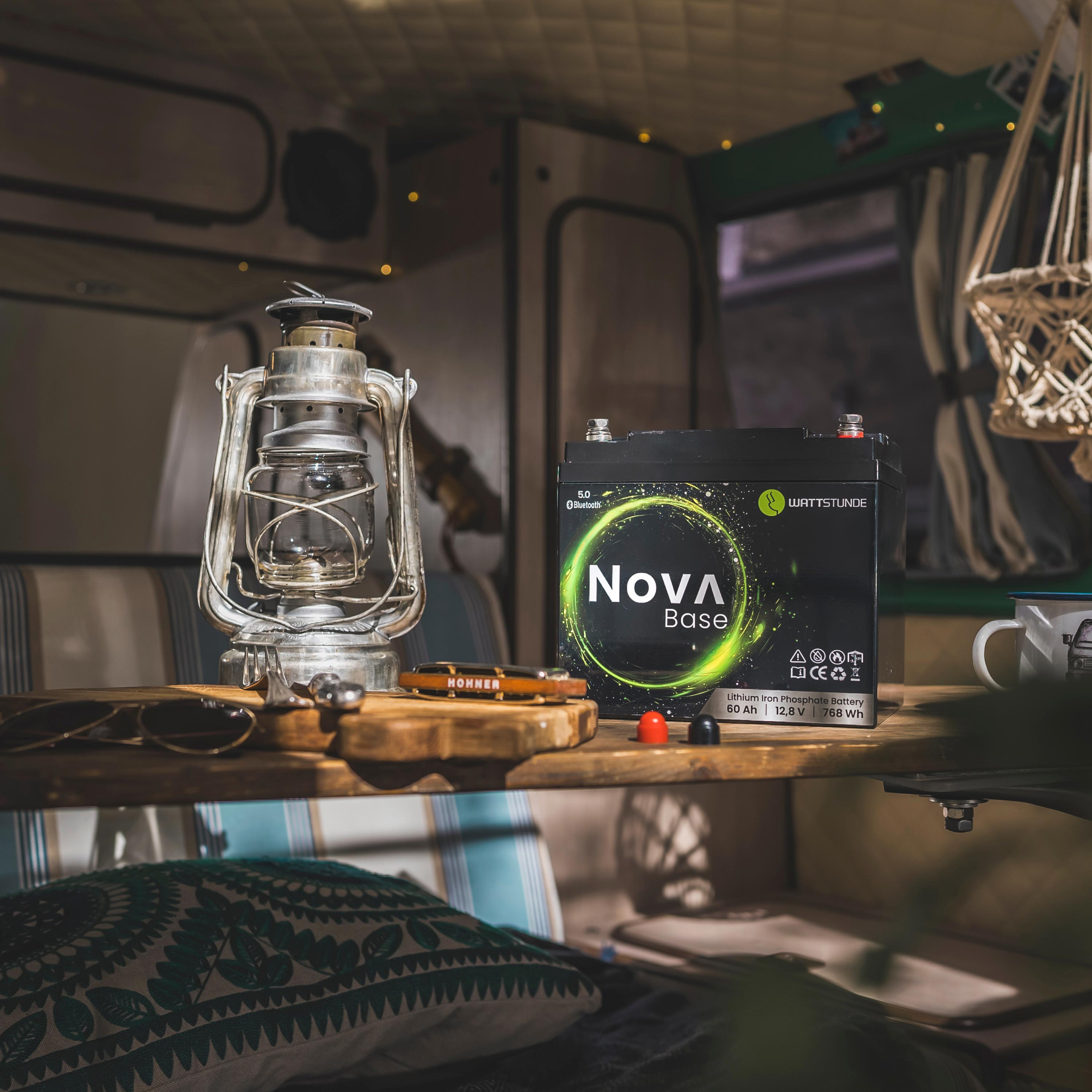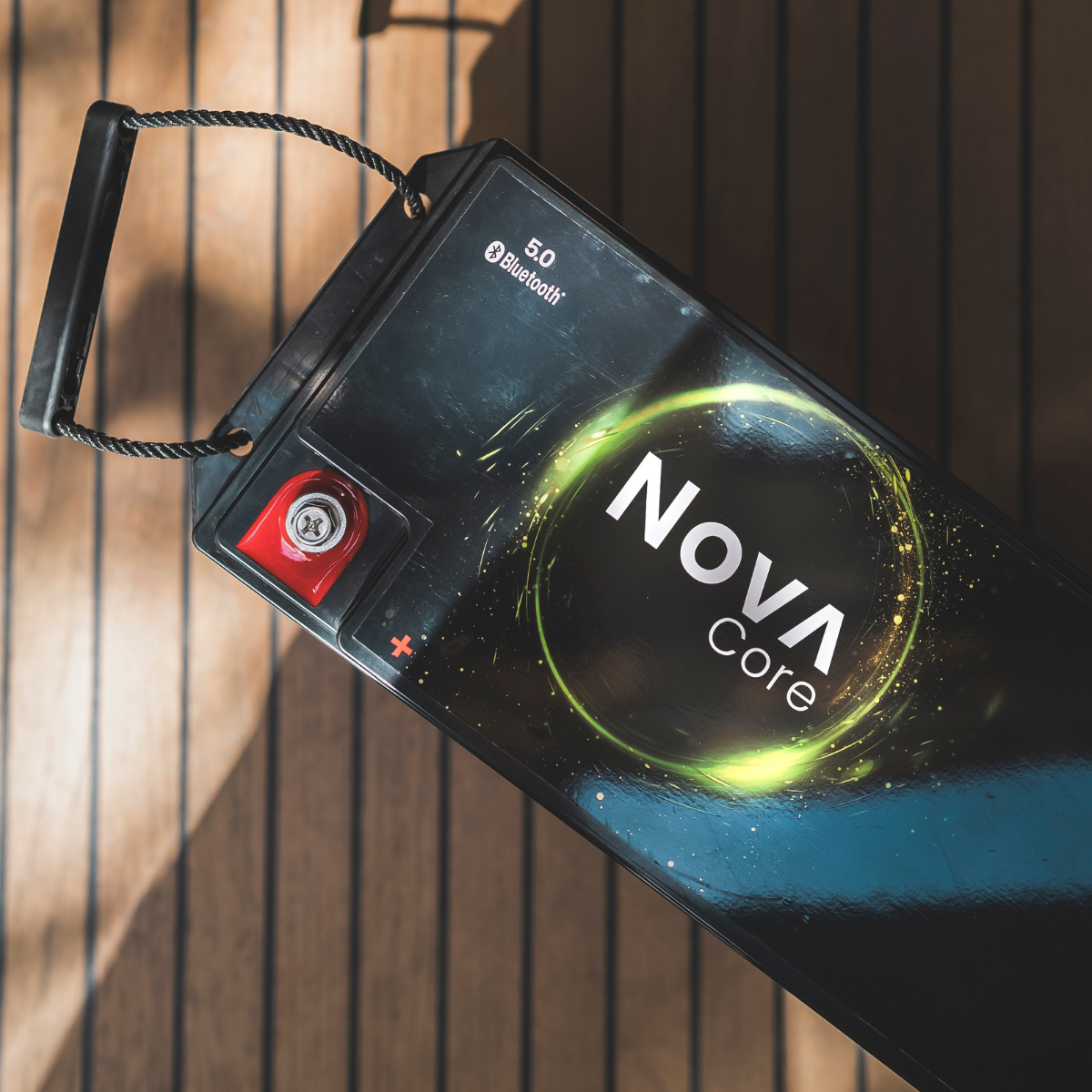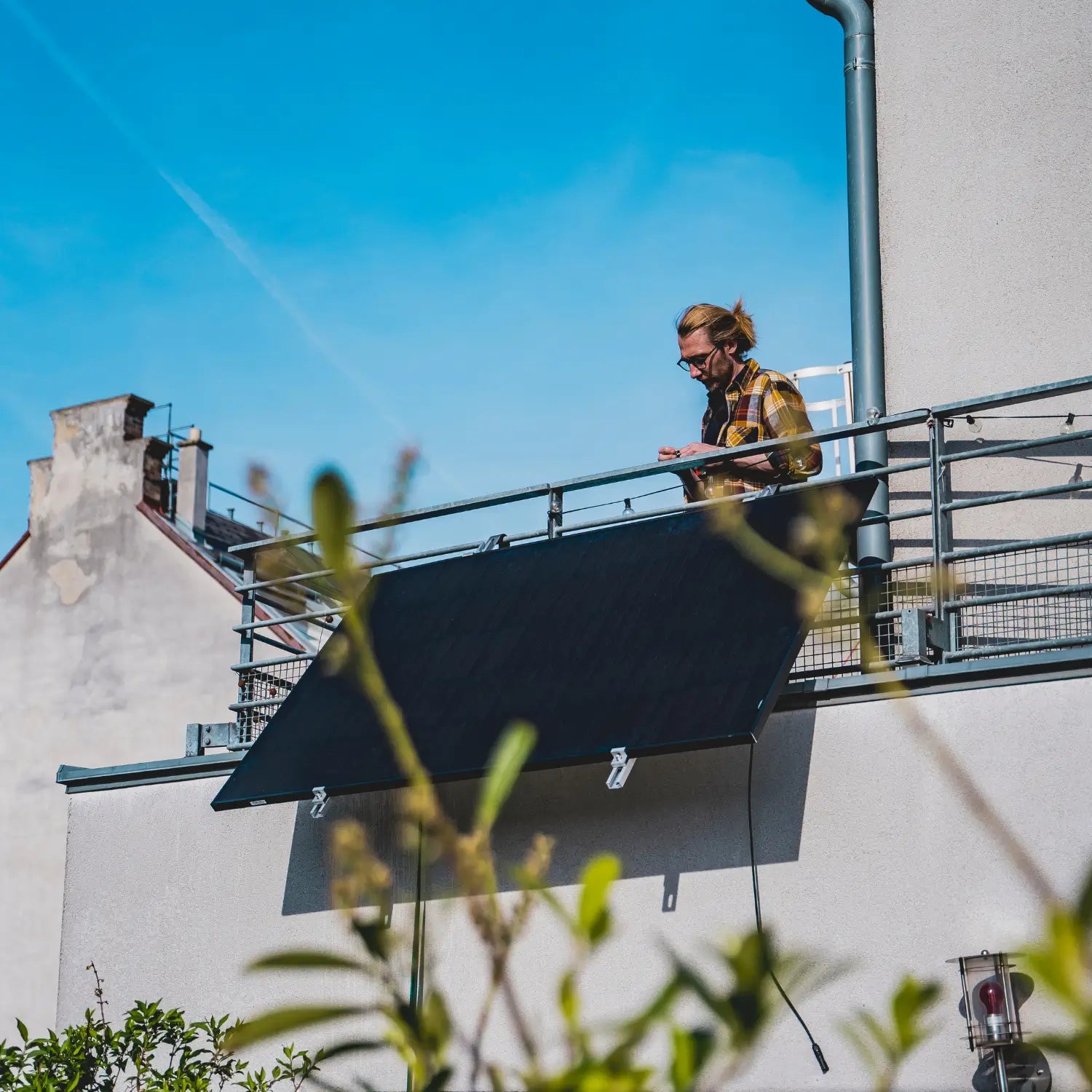Imagine: You're parked in your camper van on an idyllic lakeshore, your coffee is steaming in your cup, your smartphone is charging, and the refrigerator is keeping your supplies fresh. All of this works thanks to a power station that provides you with 230 volts – without the need for a shore power connection. And that's exactly what modern power freedom on the road brings you: You're independent, flexible, and can live comfortably even away from campsites.
But how does the power get safely into the motorhome? As soon as you want to use the power not just for individual devices but also feed it into the motorhome via the CEE input, things become more technically complex. Caution is advised here: Not every cable that appears to fit at first glance is suitable for this purpose. Errors in the feed-in can lead to power outages or even dangerous situations.
In this article, you'll learn which CEE power cable is suitable for your power station and what you should definitely consider when setting up your motorhome's power supply. Ideal for anyone who values safety and convenience while camping.
Power station in the motorhome: Power supply when camping without shore power
Power stations are portable energy storage devices with an integrated inverter. They convert the stored direct current into a 230-volt alternating current, similar to the one you'd find in a wall outlet. The power is output via a standard Schuko socket. This is perfectly sufficient for many applications.
However, the inner workings of a power station differ fundamentally from the electrical system in your home: While the latter has a continuous protective system with grounding (PE conductor), many power stations operate with a so-called "floating output." This means there is no fixed grounding point. This can be problematic if you want to feed power into your motorhome's electrical system via the CEE connection. Without appropriate protection, dangerous voltages can build up on the vehicle body. Therefore, the right power cable is crucial.
Comparison: Adapter cables from other manufacturers vs. WATTSTUNDE CEE feed-in cable with residual current device
Many campers ask themselves: What is the difference between the various CEE cables for supplying electricity to the motorhome?
The difference between general adapter solutions and a CEE feed-in cable with residual current device (RCD) specifically designed for power stations, such as that offered by WATTSTUNDE, becomes clear.
Technical comparison:
| feature | Cables from other manufacturers | WATTSTUNDE CEE feed-in cable with residual current device |
| Plug type | Schuko → CEE | Schuko → CEE |
| Cable length | approx. 1.5 m | 1.67 m |
| FI protection | Yes, for household networks | Yes, for power stations with floating output |
| Grounding | Mostly not adapted | Specially designed for power stations |
| Use on the household network | Yes | No |
| Use with power stations | Only partially safe | Yes, explicitly recommended |
| Price (approx.) | from 30–40 € | approx. 109 € |
Why is the right CEE cable so important for power stations?
Although both cable types look similar, the differences lie in the details. Power stations from brands like EcoFlow or Bluetti operate with "floating outputs," meaning there's no fixed grounding point. A simple residual current device (RCD), like those built into standard cables from other manufacturers, often doesn't work reliably in these cases.
When feeding power into your motorhome, there's a risk of dangerous voltage building up in the vehicle. Therefore, a specially developed CEE cable designed for power stations is required.
A suitable cable should meet the following criteria:
- Residual current circuit breaker for floating outputs
- Robust, splash-proof connectors
- Separation of protective conductor and neutral conductor
- Mechanically resilient for outdoor use
The WATTSTUNDE CEE power cable with residual current device was designed precisely for this purpose and offers maximum safety when camping with a power station.
Which cable is suitable for what?
| Application | Adapter cables from other manufacturers | WATTSTUNDE CEE feed-in cable |
| Operate household appliances on a power station | ✅ | ✅ |
| Power station → motorhome (CEE feed-in) | ❌ (not recommended) | ✅ (safe!) |
| Mains power → mobile home (CEE feed-in) | ✅ | ❌ (not permitted) |
Checklist: How to check whether your feed-in is safe
Before you feed electricity into your motorhome via your power station, you should check the following points:
- Does the cable used have a residual current device specifically designed for power stations with floating output?
- Are the connectors splash-proof (at least IP44)?
- Is the separation between protective conductor (PE) and neutral conductor (N) correctly implemented?
- Is the cable mechanically stable and designed for outdoor use?
- Has the feed-in already been tested in practice – e.g., with a simple consumer such as a lamp?
If you can answer all questions with "yes," your configuration is basically safe—ideal for worry-free camping with power from the power station.
Practical example: This is what a safe power supply with a power station looks like
Let's assume you're using a modern power station like the EcoFlow DELTA 3. You connect the WATTSTUNDE CEE power cable with a residual current device (RCD) to the integrated Schuko socket. This safely feeds the generated power into your motorhome's CEE input.
The residual current device (RCD) in the cable is specially designed for the power station's floating output technology and reliably detects residual currents – even without a traditional grounding point. The robust, splash-proof connections ensure safe use even in wet weather.
The on-board electrical system supplies the refrigerator, lighting, chargers, and a water pump with power as usual—as if you were plugged in at the campsite. This turns your power station into a mobile energy center for self-sufficient travel.
Conclusion: The right CEE cable for your power station when camping
If you only use your power station for household appliances such as a kettle, laptop or light, it is sufficient to use the Schuko socket directly.
However, if you want to feed power into your motorhome's electrical system via the CEE connection, things become more technically complex. The WATTSTUNDE CEE power cable with residual current device (RCD) is the safe solution. Designed for power stations with floating output, it offers the right protection and robust technology for everyday camping use.
Invest in the right power supply – for more safety, comfort, and independence while camping. With the right CEE cable, you'll be perfectly equipped for any outdoor situation.









